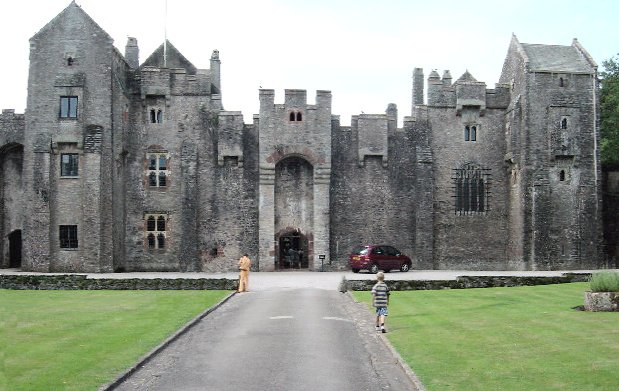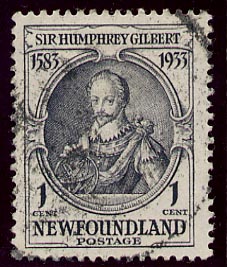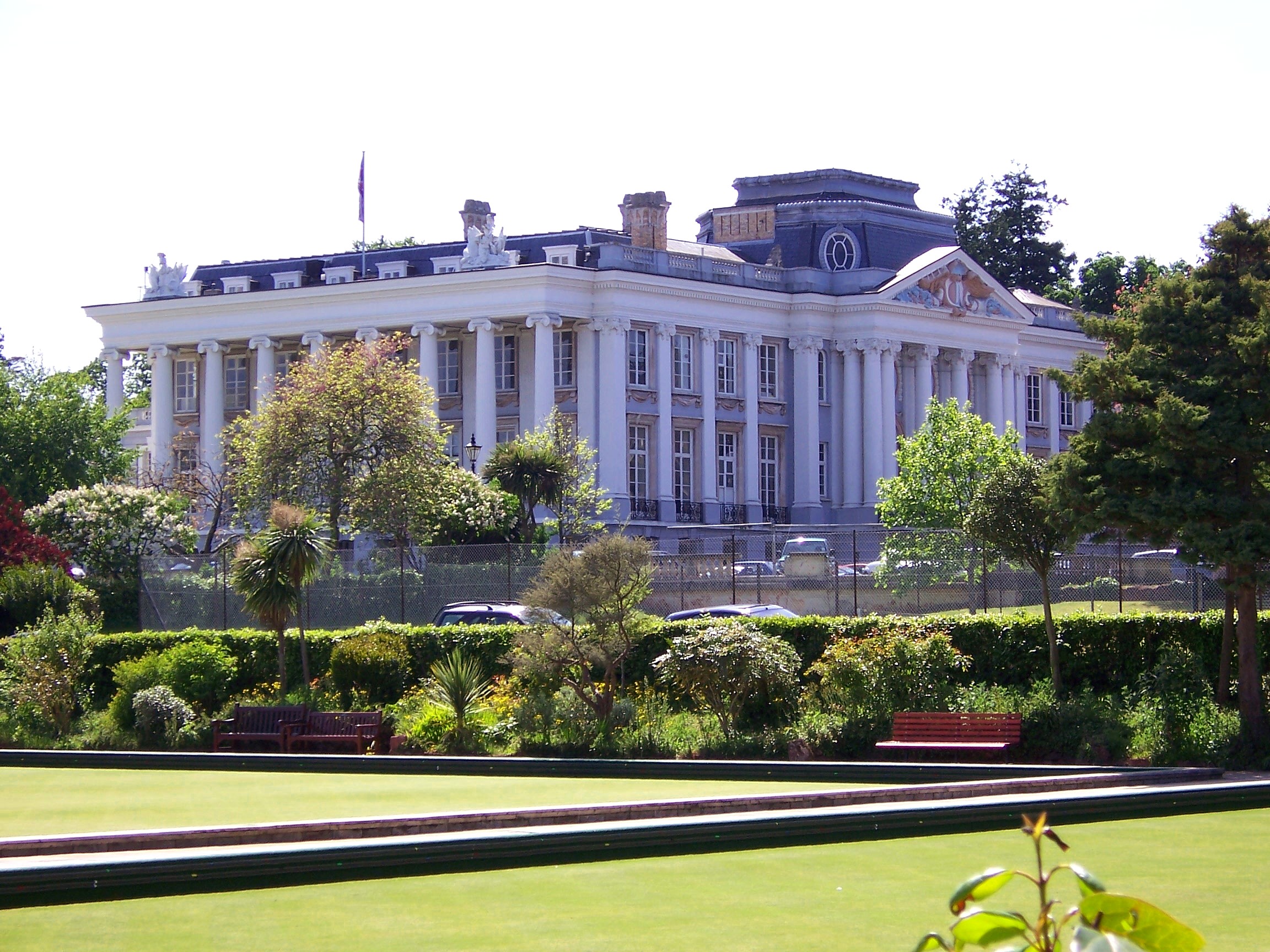|
Marldon
Marldon is a village in the South Hams in Devon, United Kingdom, to the north-west of Paignton. It is the most northeasterly Civil Parish in the South Hams and includes the village of Compton with Compton Castle. Beacon Hill transmitting station is on the highest point in the parish. History Church records date back to 1598. The parish was in the Haytor Hundred. Marldon was a small village until the 1960s when major residential development took place. Marldon is known locally for its Apple Pie fair which originated in the nineteenth century and was revived in 1958. Amenities Marldon is an active community with many clubs and groups meeting regularly. Two walking trails pass through the village: * John Musgrave Heritage Trail, a 35-mile route around Torbay * Totnes-Torquay Trail Notable former residents * Robert Adams (1810–1870), inventor of the double-action revolver * Gilberts of Compton, including the explorer Sir Humphrey Gilbert (1539-1583) * Elizabeth Goudge (1900– ... [...More Info...] [...Related Items...] OR: [Wikipedia] [Google] [Baidu] |
Elizabeth Goudge
Elizabeth de Beauchamp Goudge FRSL (24 April 1900 – 1 April 1984) was an English writer of fiction and children's books. She won the Carnegie Medal for British children's books in 1946 for ''The Little White Horse''. Goudge was long a popular author in the UK and the US and regained attention decades later. In 1993 her book ''The Rosemary Tree'' was plagiarised by Indrani Aikath-Gyaltsen; the "new" novel set in India was warmly reviewed in ''The New York Times'' and ''The Washington Post'' before its source was discovered. In 2001 or 2002 J. K. Rowling identified ''The Little White Horse'' as one of her favourite books and one of few with a direct influence on the ''Harry Potter'' series. Biography Personal life Goudge was born on 24 April 1900 in Tower House in The Liberty of the cathedral city of Wells, Somerset, where her father, Henry Leighton Goudge, was vice-principal of the Theological College. Her mother (born Ida de Beauchamp Collenette, 1874–1951) came from Guerns ... [...More Info...] [...Related Items...] OR: [Wikipedia] [Google] [Baidu] |
South Hams
South Hams is a local government district on the south coast of Devon, England. Services divide between those provided by its own Council headquartered in Totnes, and those provided by Devon County Council headquartered in the city of Exeter. Beside Totnes are its towns of Dartmouth, Kingsbridge, Salcombe, and Ivybridge — the most populous with 11,851 residents, as at the 2011 Census. To the north, it includes part of Dartmoor National Park, to the east borders Torbay, and to the west Plymouth. It contains some of the most unspoilt coastline on the south coast, including the promontories of Start Point and Bolt Head. The entire coastline, along with the lower Avon and Dart valleys, form most of the South Devon Area of Outstanding Natural Beauty. The South Hams, along with nearby Broadsands in Paignton, is the last British refuge of the cirl bunting. History The South Hams were formerly part of the Brythonic (Celtic) Kingdom of Dumnonia later reduced to the modern boun ... [...More Info...] [...Related Items...] OR: [Wikipedia] [Google] [Baidu] |
Compton Castle
Compton Castle in the parish of Marldon in Devon, is a fortified manor house in the village of Compton (formerly "Compton Pole"), about west of Torquay on the southern coast of Devon, England (). The estate was home to the families of Compton, de la Pole, Doddiscombe, Gilbert and Templer. The castle has been home to the Gilbert family for most of the time since it was built. Listed as a Grade 1 set of buildings, it has been a National Trust property since 1951. History The castellated house was the seat of Sir Maurice de la Pole in the reign of King Henry II (1154–1189), after which family the manor was known as Compton Pole when it came into the hands of Sir Peter Compton. The original undefended manor house was built in the mid-14th century and consisted of a hall flanked by solar and service rooms at each end. These were rebuilt in the later Middle Ages. The fortress-like front was added in about 1520 by John Gilbert. The central hall was in ruins by the 18th century, b ... [...More Info...] [...Related Items...] OR: [Wikipedia] [Google] [Baidu] |
Ray Tolchard
Raymond Charles Tolchard (13 October 1953 – 31 July 2004) was an English cricketer and umpire. Tolchard was a right-handed batsman. He was born in Torquay, Devon. Cricket career Tolchard made his debut for Devon in the 1975 Minor Counties Championship against Cornwall. From 1975 to 1984, he represented the county in 84 Championship matches, the last of which came against Buckinghamshire. Tolchard captained the county in a number of Minor Counties matches. In the 1978 Minor Counties Championship final, he helped Devon to their maiden Championship by scoring a century off 356 balls. He also represented Devon in 3 MCCA Knockout Trophy matches between from 1983 to 1984. Tolchard played List A cricket for Devon, at a time when they were permitted to take part in the domestic one-day competition, making his debut against Staffordshire in the 1978 Gillette Cup 1st round. The following season he played 4 List A matches for Minor Counties South in the 1979 Benson & Hedges Cup. In tha ... [...More Info...] [...Related Items...] OR: [Wikipedia] [Google] [Baidu] |
Totnes (UK Parliament Constituency)
Totnes is a parliamentary constituency in Devon represented in the House of Commons of the UK Parliament since December 2019 by Anthony Mangnall, a Conservative. Mangnall defeated incumbent Sarah Wollaston who had originally been elected as a Conservative but defected to the Liberal Democrats earlier that year. History The current constituency was formed for the 1997 general election, from parts of the former South Hams constituency. This had, in 1983, largely replaced the previous Totnes constituency, which had existed in a wide form since 1885, but in a much narrower form from the Model Parliament. An original parliamentary borough of Totnes or Totness had been created in 1295. It returned two MPs to the House of Commons of England until 1707, then to the House of Commons of Great Britain until 1800, and finally to the House of Commons of the United Kingdom from 1801 until it was abolished under the Representation of the People Act 1867 with effect from the 1868 election. ... [...More Info...] [...Related Items...] OR: [Wikipedia] [Google] [Baidu] |
Robert Adams (handgun Designer)
Robert Adams (1810–1870) was a 19th-century British gunsmith who patented the first successful double-action revolver in 1851. His revolvers were used during the Crimean War, the Indian Mutiny, the American Civil War, and the Anglo-Zulu War. Career Deane and Adams Adams was the manager for the London arms manufacturers George & John Deane. On August 22, 1851, he was granted a British patent for a new revolver design. The .436 Deane and Adams was a five-shot percussion (cap-and-ball) revolver with a spurless hammer, and the first revolver with a solid frame. The revolver used a double-action only system in which the external hammer could not be cocked by thumbing it back, like most other pistols of the era, but instead cocked itself when the trigger was pulled. This made it possible to fire the gun much more rapidly than contemporary single-action revolvers, such as the Colt, which had to be cocked before each shot. Deane and Adams's revolver was shown at the Great Ex ... [...More Info...] [...Related Items...] OR: [Wikipedia] [Google] [Baidu] |
Beacon Hill Transmitting Station
The Beacon Hill transmitting station is an English telecommunications facility located at Beacon Hill, Marldon, Devon. It includes a guyed mast (Beacon Hill A) and a free-standing lattice tower (Beacon Hill B), both of which support various antennas. History Beacon Hill A became operational in 1972–3, bringing 625 line PAL colour television to the coverage area of Torbay and south Devon. Beacon Hill B transmits FM radio and DAB radio to the area. In 2007, a third guyed lattice mast was constructed at the site to provide medium wave transmissions for Gold (Exeter/Torbay). The transmitter for Gold was dismantled after the service was discontinued. Digital switchover In April 2009, the analogue television transmissions at Beacon Hill A were turned off, requiring homes in the area to switch to the Freeview service. The Beacon Hill transmitter group was the first in the South West of England to stop broadcasting analogue television services. BBC Two BBC Two is a British f ... [...More Info...] [...Related Items...] OR: [Wikipedia] [Google] [Baidu] |
Haytor Hundred
The hundred of Haytor was the name of one of thirty two ancient administrative units of Devon, England. The hundred covered the coastal area between the River Teign and River Dart. It was likely named after a lost village located somewhere between Totnes and Newton Abbot. Also known as High Tor Hundred or Hey Tor Hundred in the 18th century, accessed July 2017 the 24 parishes in the hundred in the 19th century were: Abbotskerswell, [...More Info...] [...Related Items...] OR: [Wikipedia] [Google] [Baidu] |
Sir Humphrey Gilbert
Sir Humphrey Gilbert (c. 1539 – 9 September 1583) was an English people, English adventurer, explorer, Member of Parliament (United Kingdom), member of parliament and soldier who served during the reign of Elizabeth I of England, Queen Elizabeth I and was a pioneer of the English overseas possessions, English colonial empire in North America and the Plantations of Ireland. He was a Sibling#Half-sibling, maternal half-brother of Sir Walter Raleigh and a cousin of Sir Richard Grenville. Biography Early life Gilbert was the fifth son of Otho Gilbert of Compton Castle, Compton, Greenway Estate, Greenway and Galmpton, Torbay, Galmpton, all in Devon, by his wife Catherine Champernowne. His brothers Sir John Gilbert and Adrian Gilbert, and his half-brothers Carew Raleigh and Sir Walter Raleigh, were also prominent during the reigns of Elizabeth I of England, Queen Elizabeth I and James VI and I, King James VI and I. Catherine Champernowne was a niece of Kat Ashley, Elizab ... [...More Info...] [...Related Items...] OR: [Wikipedia] [Google] [Baidu] |
Devon
Devon ( , historically known as Devonshire , ) is a ceremonial and non-metropolitan county in South West England. The most populous settlement in Devon is the city of Plymouth, followed by Devon's county town, the city of Exeter. Devon is a coastal county with cliffs and sandy beaches. Home to the largest open space in southern England, Dartmoor (), the county is predominately rural and has a relatively low population density for an English county. The county is bordered by Somerset to the north east, Dorset to the east, and Cornwall to the west. The county is split into the non-metropolitan districts of East Devon, Mid Devon, North Devon, South Hams, Teignbridge, Torridge, West Devon, Exeter, and the unitary authority areas of Plymouth, and Torbay. Combined as a ceremonial county, Devon's area is and its population is about 1.2 million. Devon derives its name from Dumnonia (the shift from ''m'' to ''v'' is a typical Celtic consonant shift). During the Briti ... [...More Info...] [...Related Items...] OR: [Wikipedia] [Google] [Baidu] |
Paignton
Paignton ( ) is a seaside town on the coast of Tor Bay in Devon, England. Together with Torquay and Brixham it forms the borough of Torbay which was created in 1998. The Torbay area is a holiday destination known as the English Riviera. Paignton's population in the United Kingdom Census of 2011 was 49,021. (Word document) It has origins as a Celtic settlement and was first mentioned in 1086. It grew as a small fishing village and a new harbour was built in 1847. A railway line was opened to passengers in 1859 creating links to Torquay and London. As its population increased, it merged with the villages of Goodrington and Preston. Paignton is around north east of Plymouth and south of Exeter, and has the fourth largest population in Devon. History A Roman burial was discovered in 1993 on the Hookhills estate by a householder digging a patio. At first thought to be Neolithic, it was later radiocarbon dated to be between 230 and 390 CE. The burial is of a young woman age ... [...More Info...] [...Related Items...] OR: [Wikipedia] [Google] [Baidu] |
Civil Parish
In England, a civil parish is a type of administrative parish used for local government. It is a territorial designation which is the lowest tier of local government below districts and counties, or their combined form, the unitary authority. Civil parishes can trace their origin to the ancient system of ecclesiastical parishes, which historically played a role in both secular and religious administration. Civil and religious parishes were formally differentiated in the 19th century and are now entirely separate. Civil parishes in their modern form came into being through the Local Government Act 1894, which established elected parish councils to take on the secular functions of the parish vestry. A civil parish can range in size from a sparsely populated rural area with fewer than a hundred inhabitants, to a large town with a population in the tens of thousands. This scope is similar to that of municipalities in Continental Europe, such as the communes of France. However, ... [...More Info...] [...Related Items...] OR: [Wikipedia] [Google] [Baidu] |



